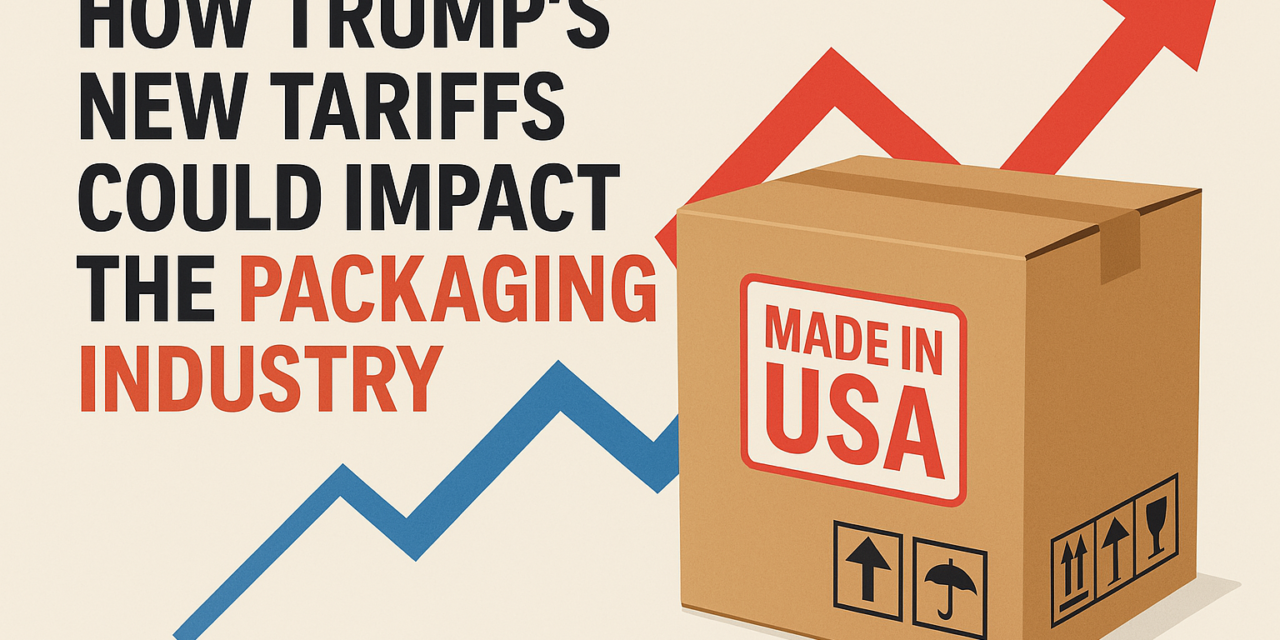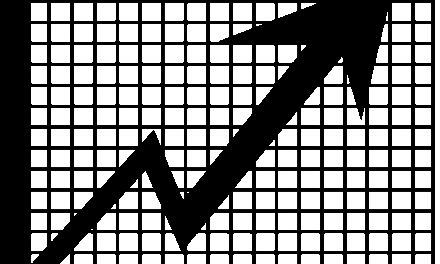How Trump’s New Tariffs Could Impact the Packaging Industry
President Donald Trump’s latest round of tariffs — a sweeping set of import taxes that include a 10% baseline rate on all foreign goods and higher rates on select countries — is sending ripples through global trade. But one sector that stands to feel the brunt in a particularly direct way is the packaging industry, which relies heavily on international supply chains, raw materials, and global shipping.
Here’s how these tariffs may affect packaging companies across the U.S. — from box manufacturers to pallet recyclers to logistics providers.
1. Higher Material Costs Across the Board
The 10% baseline tariff on all imports is set to hit essential materials used in packaging production. For example:
- Cardboard and paperboard are often sourced from pulp or paper products processed overseas, particularly in Brazil and parts of Southeast Asia.
- Plastic resins, essential for manufacturing shrink wrap, plastic containers, and IBC totes, are commonly imported from countries like Thailand and Vietnam — both now facing even steeper tariffs (36% and 46% respectively).
- Steel and aluminum used in packaging machinery and industrial containers will also be affected, especially with high tariffs on the EU (20%) and China (54%).
These increases in material costs will likely be passed down to packaging producers, distributors, and eventually, end customers.
2. Increased Equipment Costs
Packaging companies frequently rely on foreign-made machinery — such as conveyor systems, shrink wrap tunnels, and automated palletizers — to keep operations efficient. With the new tariffs, especially the 25% import tax on foreign automobiles and potentially other industrial equipment, companies importing packaging machinery from Europe or Asia may be forced to delay upgrades or absorb significant cost hikes.
3. Supply Chain Disruption and Re-Negotiation
Custom tariffs on countries like China, Vietnam, and the EU — many of which are major exporters of packaging components — may cause supply chain bottlenecks. Companies may need to quickly find alternative suppliers, many of whom are also affected by the baseline 10% tariff or who may not have the capacity to fill sudden demand surges.
This could lead to delays in packaging deliveries, hurting downstream industries such as food, e-commerce, pharmaceuticals, and retail.
4. Challenges for Recyclers and Reused Packaging Sellers
The secondary packaging market — which includes companies that buy, sell, and recycle items like used pallets, Gaylord boxes, and IBC totes — may experience unexpected turbulence. These businesses often rely on imports of used packaging from countries with excess supply (e.g., Mexico, China). With tariffs applied or already in place, sourcing used packaging could become costlier, undermining the economic advantages of reuse.
On the flip side, domestic recyclers and resellers may become more competitive, if buyers begin to favor U.S.-based packaging due to price and availability. This could present a growth opportunity — but only for companies agile enough to scale.
5. Impact on End Customers and Contract Terms
The extra costs will almost certainly be passed down the line. Packaging manufacturers and distributors may revise pricing, renegotiate contracts, or reduce services to preserve margins. Long-term contracts may need to include tariff clauses that allow for price adjustments based on future trade policies.
Additionally, companies that rely on just-in-time inventory models may face cash flow issues if delays or sudden cost increases break their operating budgets.
6. Potential Upside: “Made in USA” Packaging Resurgence
Not all consequences are negative. The new tariffs could make domestic packaging production more appealing, especially for large-volume customers like big box retailers and manufacturers who are currently importing materials and containers. For packaging firms that already source and produce domestically, these changes could level the playing field and open new opportunities.
There may also be renewed interest in regional circular supply chains — reusing packaging close to the point of consumption — which supports both sustainability goals and tariff avoidance.
Conclusion
The latest tariff regime introduced by the Trump administration is likely to increase costs, disrupt supply chains, and push companies to rethink their sourcing strategies. For the packaging industry, these changes underscore the need for agility, diversification, and strong local networks.
Whether these shifts lead to a revival of domestic production or simply a more expensive status quo remains to be seen. But one thing is certain: packaging firms that can adapt quickly will have the upper hand.


